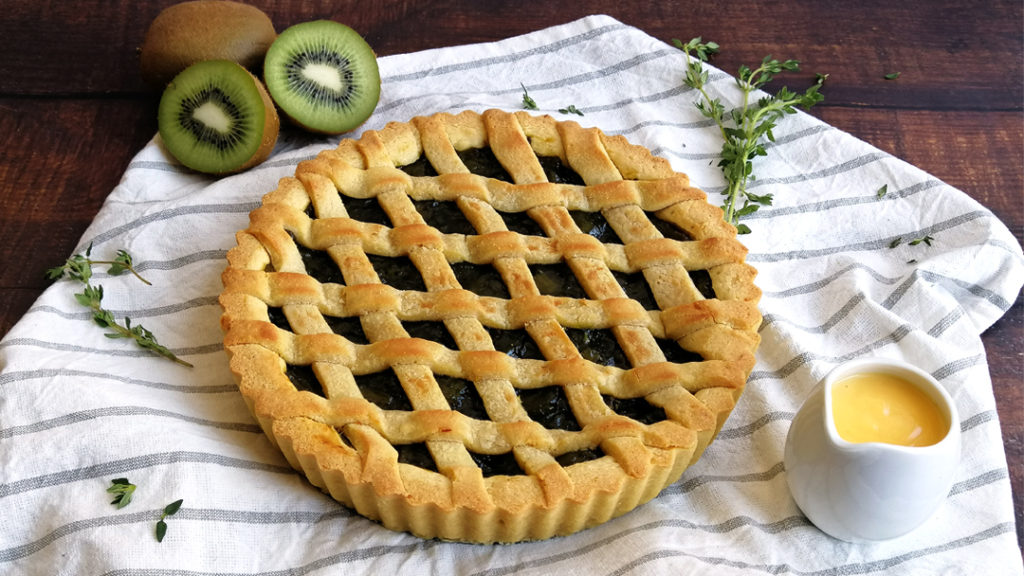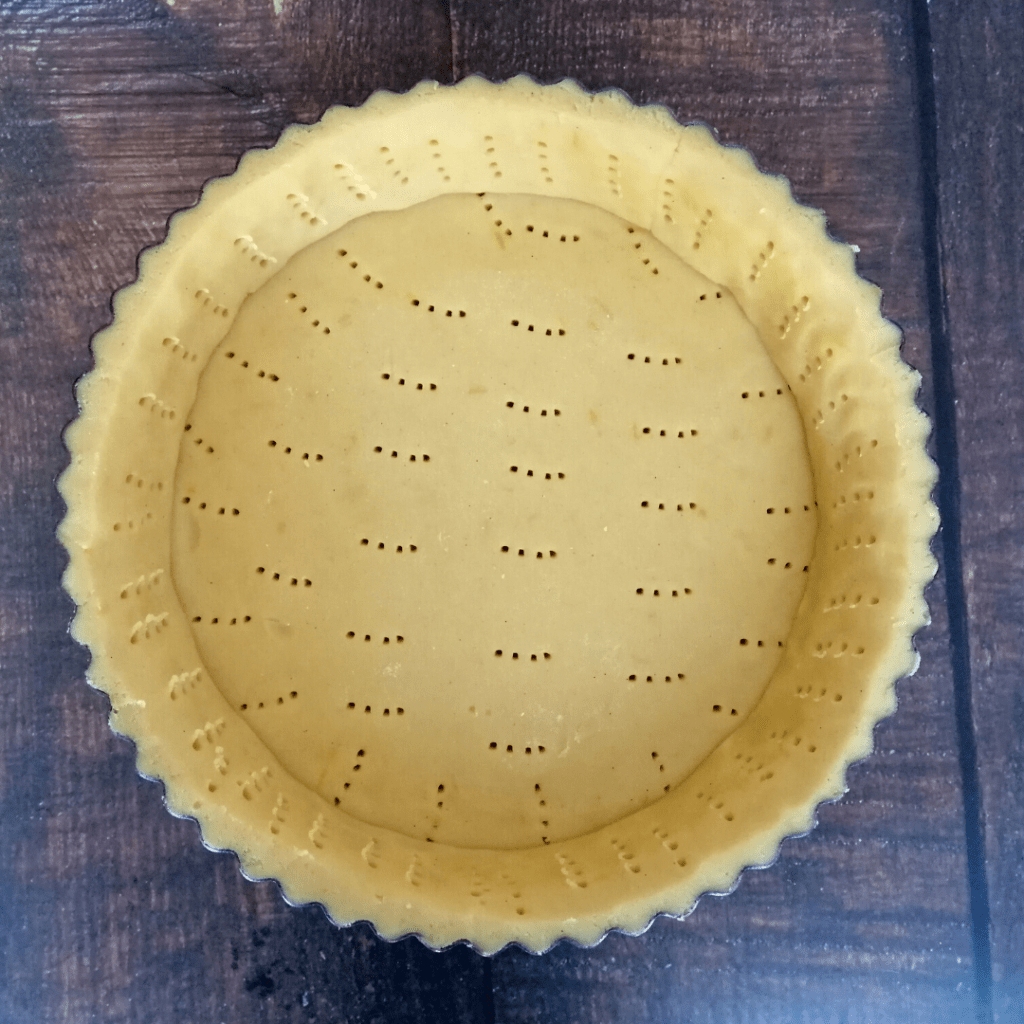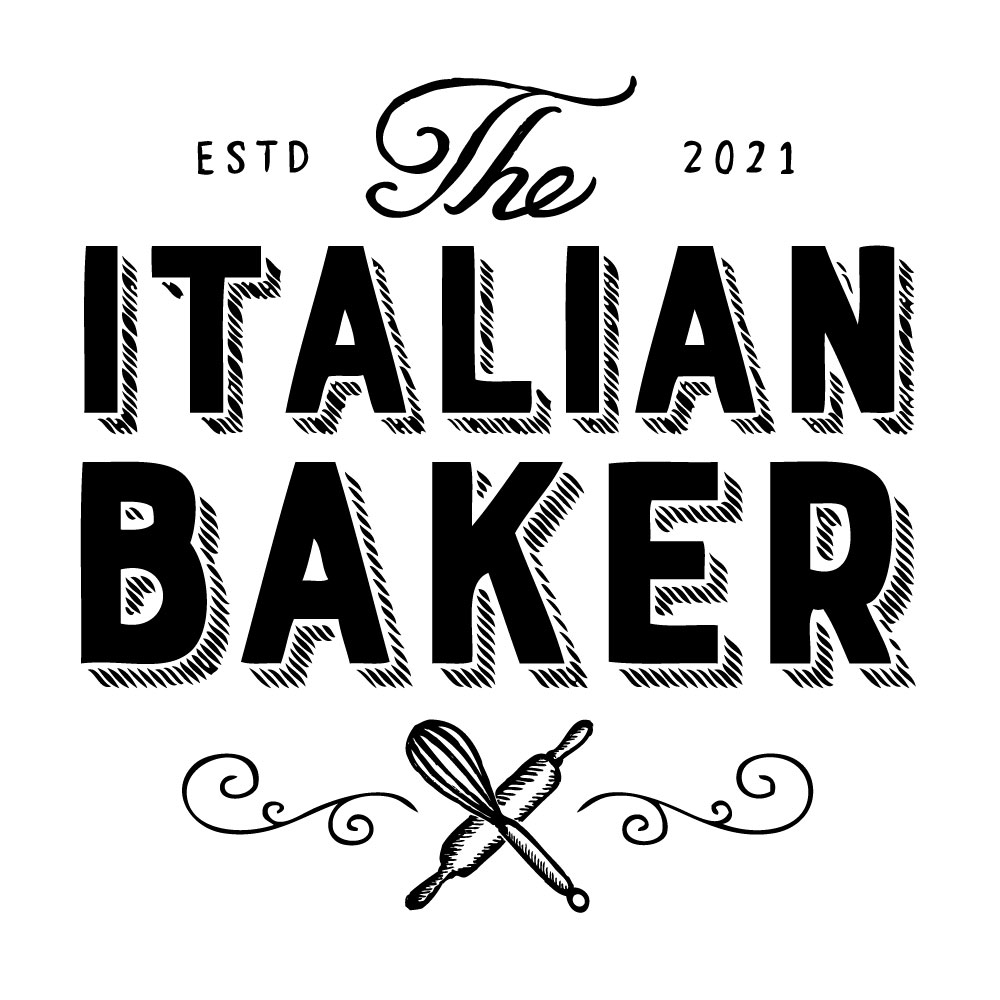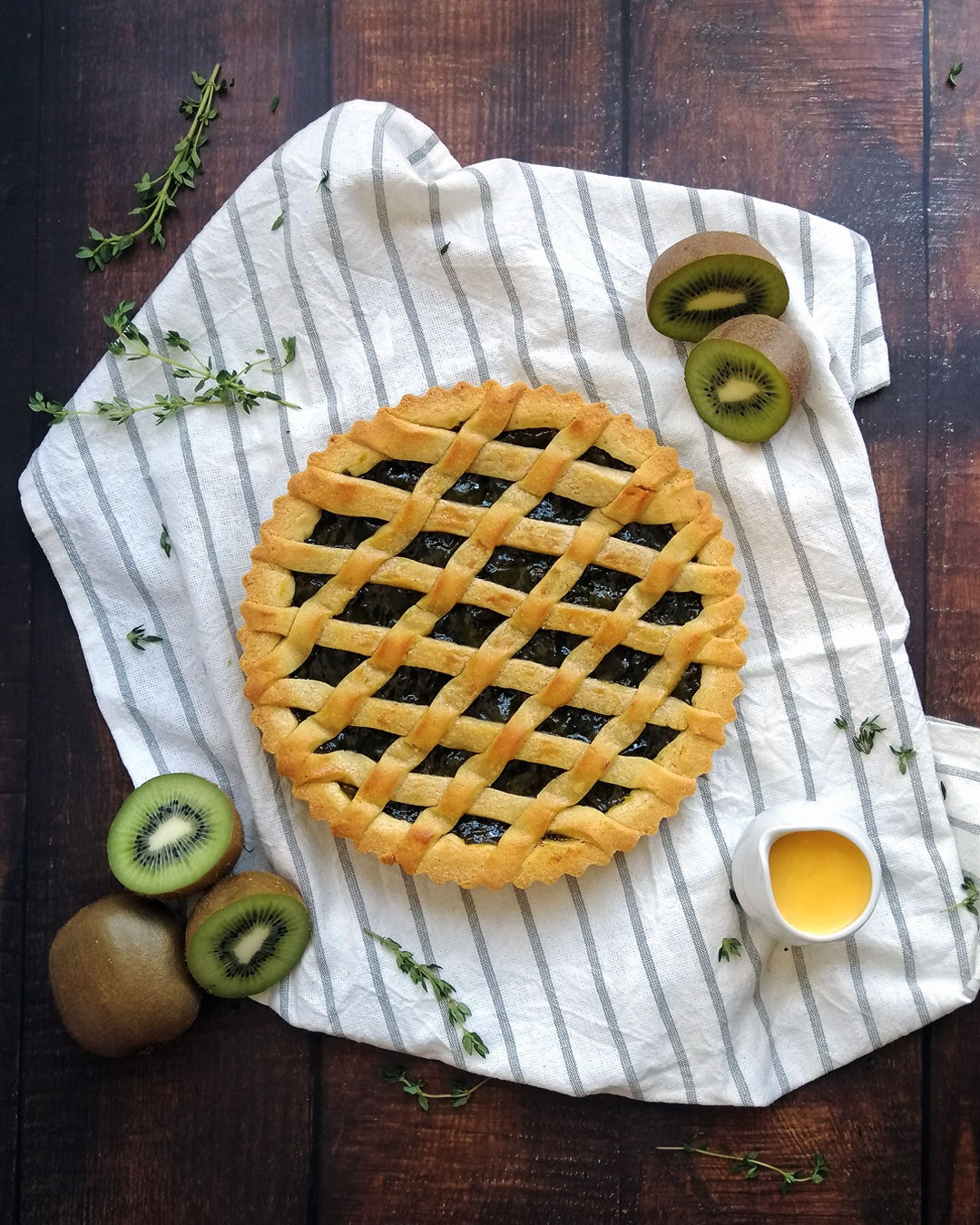The humble “crostata” is one of Italy’s most classic and recognisable bakes, which is eaten throughout the country in all sorts of variations, shapes, sizes and fillings. Large, small, sliced, with chocolate or jam, the element that immediately identifies a crostata is the criss-cross lattice work on the top which lets you catch a glimpse at the filling inside.
My search for the perfect crostata started a long time ago and carried on through the years and different towns. Until one day I found what I still call “the nirvana of tarts” in a bakery in the town of Gorizia (northeastern Italy). Buttery, soft and thick shortcrust pastry that literally melted in the mouth, with a huge amount of smooth and delicious apricot jam, just the perfect balance. One day I drove from Venice to Gorizia and back, just to buy those tarts for a party. A 260km roundtrip. Yes, they were that good.
From that day, I knew exactly what a perfect crostata tart should taste like, it should taste like that. I’ve tested and tested so many different recipe to achieve ‘perfection’:
1) Thick, buttery ‘pasta frolla’ base (Italian shortcrust pastry). I mean, really thick. In fact, we can easily say that the pastry doesn’t serve the only purpose of carrying the filling in a crostata, but it’s an integral part of the dessert itself, so it has to be good (no jam, even the best one in the world, could possibly save a crostata with a bad pasta frolla, ask my grandma).
2) A layer of filling which should be at least twice the thickness of the base (always more jam please!). In Italy, you will often find that crostata recipes mostly use some old time favourite flavours: apricot, peach, cherry, strawberry, or they may be filled with custard and topped with fresh fruit.
And so the story goes that the other day I was craving a crostata. But, by no means I would have waited till summer for those lovely berries and fruits to be in season. I did a quick research and found out that apparently kiwi fruit is in season till July/August here in the UK (well, hopefully!), and I love kiwi. The only issue was that I didn’t want to bake a custard and kiwi crostata, which is amongst the classic combinations.
The solution to it was pretty simple.
Here it is for you to try and enjoy, my recipe for a traditional yet unconventional kiwi fruit tart. Instead of using kiwi as decoration or topping, I have made that into a moreish compote, which has both a delicious sweetness and tartness that is a perfect match to the buttery pastry. The crostata is accompanied by my creamy version of an English custard. And what else can I say? Simple but delicious. I’m pretty sure you will go back for more (of both).

Makes 1 x 20cm tart
Ingredients
FOR THE ITALIAN SWEET SHORTCRUST PASTRY (PASTA FROLLA)
- 220g plain flour
- 15g corn flour
- 120g unsalted butter, at room temperature
- 95g icing sugar
- 30g egg yolk (about 2 yolks)
- ½ tsp vanilla extract
- zest of 1 lemon
- 2g salt
- a splash of cold water (if needed)
FOR THE KIWI COMPOTE
- 1.5kg fresh ripe kiwi fruit (1kg net weight)
- 350g fructose (or 500g caster sugar)
- 40ml lemon juice
FOR THE ENGLISH CUSTARD
- 250g double cream
- 50g egg yolk (about 3 medium yolks)
- 30g caster sugar
- ½ tsp vanilla extract/paste
TO FINISH
- clear spray gelatine or apricot glaze
Method
MAKE THE SWEET SHORTCRUST PASTRY (1 day ahead)
- Add the soft butter and icing sugar to a bowl and beat together with a whisk until smooth and fluffy. Combine the egg yolks, vanilla, lemon zest and salt and stir until dissolved. Add the yolk mixture to the butter and sugar and continue to mix until fully incorporated and you achieve a smooth cream.
- Sift the flour and corn flour together and add one third to the butter and egg cream. Using a wooden spoon or a spatula, start to incorporate the flour ensuring no lumps form. Add the remainder of the flour and mix with the spoon until it comes together to a soft pastry. If it’s looking too dry, add a splash of cold water to finally bring it together. Fold the pastry a couple of times with your hands to form a ball. Flatten the ball on a piece of cling film, wrap and refrigerate for at least two hours, ideally overnight.
MARINATE THE KIWI FRUIT FOR YOUR COMPOTE (1 day ahead)
- Peel the kiwis and chop each one into medium sized chunks. Transfer them to a large bowl and weight them to check you have 1 kilogram of peeled fruits. In a separate medium bowl, combine together the sugar (I suggest you use fructose, if you can find it) and lemon juice and mix with a spoon to form a thick syrup. Pour the syrup onto the chopped kiwis and mix to coat. Cover and set aside in the refrigerator for at least 8 hours or overnight.
MAKE THE KIWI FRUIT COMPOTE
- The next day, make the compote. Transfer the fruit and all the juices to a pan or saucepan and bring to the boil over a medium-high heat. When it starts bubbling, lower the heat to medium-low and leave to simmer, uncovered, for 50-60 minutes, stirring from time to time. The compote will visibly start to thicken and become more jammy-like in the last 10 or 15 minutes of the process. Keep an eye on it and make sure it doesn’t catch to the bottom of the pan. Don’t wait for it to be overly thick, as it will thicken more when cooling down. Remove from the heat and set aside.
ASSEMBLE AND BAKE THE TART
- Pre-heat the oven at 180°C. Take the pastry out of the fridge and leave it at room temperature for 10 minutes before working it. In the meanwhile, take a 20cm tart tin and coat the inside with butter and flour. Roll out half of the pastry to a 6mm thickness, cut a 20cm diameter disc and lay it on the bottom of the tin, as the tart base. Reserve the pastry scraps.
- Take the other half of the pastry and, using your hands, form a 2cm thick and long log. Pick it up and lay it inside the tart tin, all along the border. Trim the two ends so they perfectly connect with each other and save the rest of pastry for the decoration. Using your fingers or a piece of pastry, press the log against the border of the tin to flatten it and create the sides of the tart. Take your time and ensure the sides are equally thick all around. Using a small and sharp knife, trim and overhanging pastry and make holes all over with a fork to keep the tart flat while cooking.

- Pour the kiwi fruit compote into the centre of the tart and, using a spatula, spread a flat and even layer to completely fill the case. Bring all the leftover pastry together and roll out to a 6mm thickness. Using a straight object as a guide, cut as many long strips as you can fit (thick or thin is up to your liking) and lay them to decorate the top of the tart with a criss-cross pattern. Transfer the cake to the fridge to set for 15 minutes before baking. Bake over a metal tray for 40 minutes at 180°C. Cover with foil for the last 5-10 minutes if you notice it’s browning too quickly.
MAKE THE CREAMY ENGLISH CUSTARD
- While the tart bakes, pop a small metal tray or bowl into the freezer. Pour the cream and vanilla extract into a small pan and bring to the boil over a medium heat. In the meanwhile, combine the egg yolks and sugar in a medium bowl and stir with a spatula to combine. When the cream starts to boil, remove from the heat and, using a fine sieve, pour half of it over the eggs and sugar, stirring constantly to prevent any egg to overcook. Once the mixture is smooth, add the remainder of cream, stir to combine. Remove any residue of cooked cream from the pan and pour the cream and egg mixture back in.
- Heat the cream and eggs over a medium-low heat, stirring constantly until the mix thickens and becomes a smooth custard. If you have a food thermometer, it should read 82°C. Remove from the heat and pour the custard onto the frozen tray or bowl and whisk gently to cool it down as quick as possible. Once it is reasonably cold, leave at room temperature if serving immediately, or refrigerate with a cling film covering the surface for later.
FINISH AND SERVE
- Once baked, take the tart out of the oven and leave to cool completely before unmoulding. Spray or brush some clear gelatine or apricot glaze over the pastry top and serve sliced accompanied by the warm custard.

